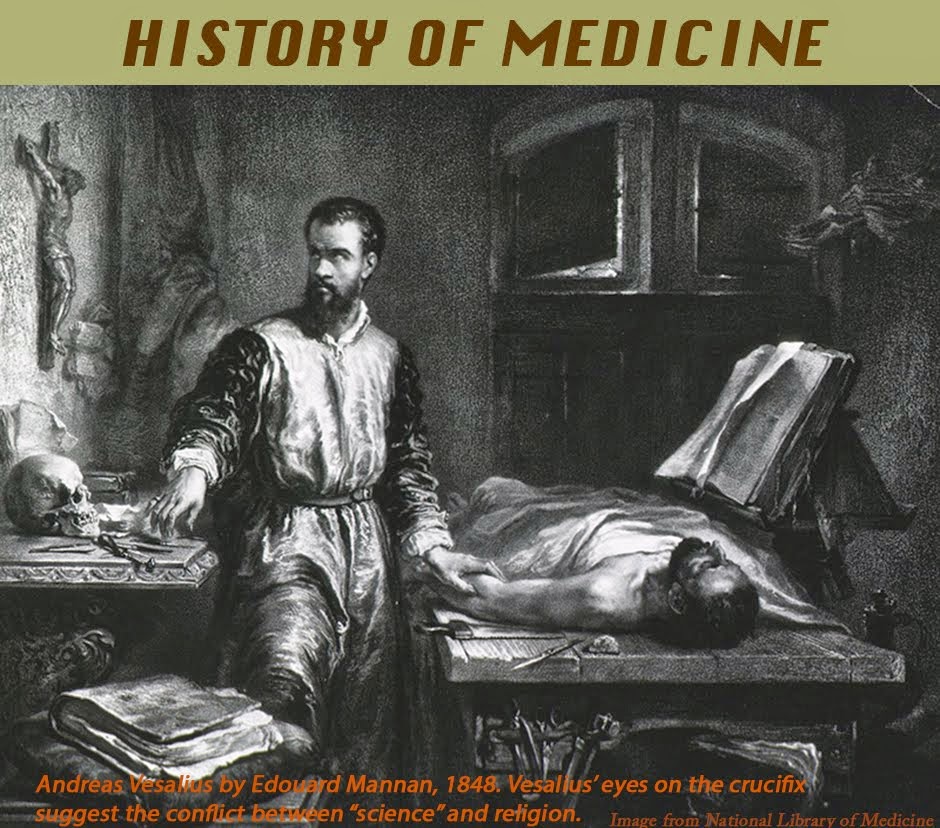Nathan Smith
Motive Force of Four Medical Schools
 |
| Nathan Smith MD (from "Life and Letters", Internet Archive) |
Perhaps the most
important New England physician of the post-Revolution years, Nathan Smith, was
born in 1762 in Rhode Island but raised in Chester, Vermont, a frontier town at
the time. Nathan’s father died soon after, landing most of the farm chores on
him, though somehow he accumulated enough education to later teach school. At
age 22 he witnessed a mid-thigh amputation without anesthesia, an experience
that, amazingly, galvanized him to study medicine. The surgeon, Dr. Goodhue, accepted
him as an apprentice only
after further study of basic subjects, and he apprenticed in midwifery as well.
Finally he started a practice in Cornish NH, with no medical degree and no
license (there was no state licensing board). Feeling inadequately prepared, he
went 2 years later to Harvard Medical School (founded in 1783), studying under
Dr. John Warren, to secure a Bachelor of Medicine degree (one year course). He
was the school’s fifth graduate.
Back in practice and
noting the scanty education of his neighboring practitioners, he approached Dartmouth College in Hanover about opening a local medical school. Wisely
the College advised him to first study in Europe, which he did in Edinburgh and
London. Interestingly, he was not overly impressed with his professors and their
complicated disease nosologies.
On return he headed
for Dartmouth, giving his first medical
lectures in 1797. A few years later he
was teaching medicine, surgery, materia medica, jurisprudence, and (for awhile)
chemistry – a one-man medical faculty - and was awarded the full MD degree. His
ten-week lecture sessions were popular, attracting both students and local
practitioners. He was helped by Dr. Lyman Spalding, who covered for him in his
practice and briefly taught chemistry. Spalding later founded the U.S.
pharmacopeia.
 |
| Old Medical Building, Dartmouth (from "Life and Letters", Internet Archive) |
In medical
practice Smith was conservative. He urged
He was perhaps
better known for excellence in surgery. He operated reluctantly. Cleanliness
helped his results. Most of his work related to trauma – fractures, horse
kicks, injuries from axes, etc. “Couching” for cataracts (dislodging the lens
from position with a needle through the sclera) was common, as were amputations.
Particularly advanced was Smith’s advocacy of removal of bone affected by
subacute or chronic osteomyelitis. He used a trepanning saw to remove a round
area around the necrosis, which apparently achieved adequate healing. Another
Smith, Joseph, underwent the procedure in his left tibia, saving him an
amputation. Joseph Smith went on to found the Mormon Church.
Over time Nathan
became tired. Teaching duties, a growing family, and an expanding practice were
taxing enough, but decisive were lack of financial support for his school and
the stress of obtaining bodies for anatomy instruction. One grave-robbing
student had been fined, a riot had occurred over another stolen corpse, and corporal
punishment was contemplated by the legislature. Yale
University fortuitously
asked him to join Benjamin Silliman, a chemist, to found a medical school at
Yale, an offer he accepted, though he had to convert from Episcopalianism
to Congregationalism. Smith was appointed professor of “The Theory and Practice
of Physics, Surgery, and Obstetrics”, and was joined by Silliman and 3 other
faculty members. He arrived in New Haven in 1813, penniless and having to
borrow money.
 |
| Ticket to Smith's lectures at Yale - students paid the professors directly. (from "Life and Letters", Internet Archive) |
Next Bowdoin
College in Maine wanted to open a medical school, hoping Smith would head it.
He negotiated time away from Yale to give 10-week courses as one of 3 faculty
members. But Yale soon pressured him to give up Maine, which he did 4 years
later (1825). During his time at Bowdoin he also acted as an advisor in
establishing a medical school in Vermont, thus being involved in some way in
the founding of 4 medical schools and serving as full professor in three.
In late 1828, at the
age of 66, Nathan Smith suffered the first of a series of strokes, dying the
next year. He left behind a wife and ten children. Four of his children were boys
and all became
physicians, as did several grandsons. His second son, Nathan
Ryno Smith, was a founder of Jefferson Medical College.
Nathan Smith left a rich legacy. Beloved by both
students and patients, he was easily the most prominent physician in all of New
England, skilled in both medicine and surgery. He wrote little, but two of his
works were influential and ahead of their time: A Practical Essay on Typhous Fever (praised by William Osler 72
years later) and Observations on the
Pathology and Treatment of Necrosis (in bone). His influence on
medical education is almost unequaled, and his teaching spawned a whole
generation of physicians, many of whom became important educators.
SOURCES
Smith, Nathan R, ed. Medical and Surgical Memoirs, by Nathan
Smith, 1831. (contains his above-cited works)
Hayward, O.S. “Nathan
Smith (1762-1829), Politician”. NEJM
1960, v263, p.1235
Hayward, OS. Improve, Perfect, and Perpetuate: Dr. Nathan
Smith and Early American Medical Education. 1998.
Field, WW. The Good Dr. Smith: The Life and Times of
Dr. Nathan Smith. 1992.
Smith, EA. The Life and Letters of Nathan Smith, M.B,
M.D. 1914.
(to leave a comment click on "no comments" and a box will come up)
(to subscribe enter email address or send request to gfrierson@gmail.com)

